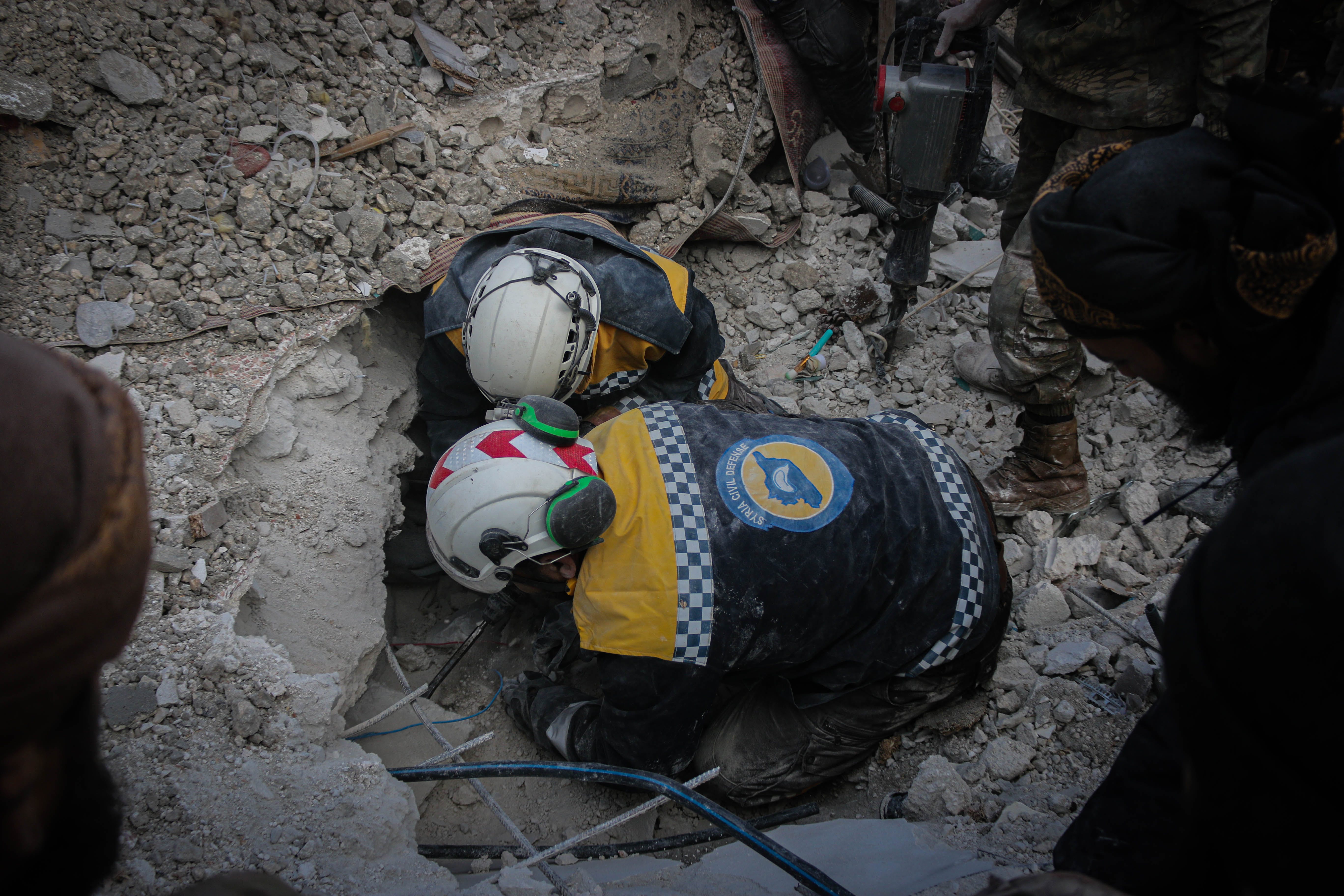There hasn’t been much analysis of diversity in humanitarian leadership, so we tend to do it ourselves. At conferences, mainly. We wait to see who shows up, share a few passive aggressive whispers when the white-man-count tips the scales and then take to twitter. Fists shaking through cyberspace, we write about #Manels and #AllWhitePanels with as much fury as we can cram into 140 characters — and then we head outside to network and enjoy the catering.
With each conference there does seem to be more focus on — if not achievement of — gender parity. But even when there is an abundance of women, it’s not uncommon to look around the room and find yourself unconsciously humming A whiter shade of pale. Excuses are always given in the opening remarks about how many speakers couldn’t get visas but this just raises other questions, like why conferences about aid are consistently held in countries to which most first-responders can’t get visas (xenophobic immigration policies aside).
Limiting our conversation about leadership diversity to panel observations would be irresponsible. But if we can’t even sort our conferences out, what hope do we have for our organisations? And to be fair, panels aren’t the worst proxy indicator. Speakers are likely to be in positions of influence within organisations and in an industry as multicultural as it is geographically dispersed, it’s just not ideal when the people assembling to talk about it all look the same.
Consider, for a moment, the private sector. Profit-driven companies – the successful ones, at least – are doing well on diversity. Excellently, in fact. Research by McKinsey that examined data sets across several private sector companies found clear links between diversity and productivity. Links such as: companies in the top quartile for racial and ethnic diversity were 35% more likely to have financial returns above national industry medians, while those in the top quartile for gender diversity were 15% more likely. Conversely, companies in the bottom quartile both for gender and ethnicity and race can statistically be expected to lag rather than lead.
There’s a reason that business development organisations have invested in research to tell them this, and that profit-driven companies have employed HR experts and systems to do something about it.
That reason is money.
Consumers make decisions with their wallets. This sets up a fundamental link between consumer choice and company priorities. If people don’t want something, they won’t buy it. Companies want to expand, make more money, reach more people in more diverse markets. They need to understand those markets and those people to target their products and sell more things and so… they diversify. Is this done with angelic, ‘localisation’ intentions? Absolutely not. But the point is that their bottom line is impacted by giving people what they want.
Ours isn’t.
We can’t apply the same principle to humanitarian aid because the economy is fundamentally different. The people paying for international aid are not generally the people using it. And try as we might to flip this picture, through countless projects that aim to ‘put people at the centre’, our accountability loops still favour those with the chequebooks.
Could this be why there hasn’t been any real attempt to understand and improve diversity in leadership? Do our institutional leaders have more in common with those handing out the money than those receiving it and is that, perhaps, why it has taken us an embarrassingly long time to identify the problem? This surely perpetuates the benefactor – beneficiary relationship that the World Humanitarian Summit saw us all try so desperately to redefine.
The McKinsey research tells us that ‘the unequal performance of companies in the same industry and the same country implies that diversity is a competitive differentiator shifting market share toward more diverse companies.’
What if our ‘market share’ was measured in community satisfaction? Would that make a stronger case for understanding links between the diversity of leaders and the quality of the programs for which they’re responsible? It’s difficult to draw associations between diversity and quality when we still largely evaluate responses using quantitative information about the delivery of items, or the replication and deployment of systems that people in global capitals deem to be appropriate.
In 2013, Fairouz El Tom conducted some desk research into the governance of the NGO Advisor’s top 100 NGOs of that year, finding that ‘72% of the NGOs are headquartered in the western world while 79% of their activity takes place in the majority world.’ It was also found that 66% of governing board members were of European ethnicities.
El Tom writes that most of the organisations ‘work for populations that are predominantly non-European and relatively poorly educated; most also promote gender equality and women’s empowerment. Yet their own leaderships are primarily composed of western educated male graduates of European origin.’ Humanitarian institutions, then, seem to favour certain brands of formal education over others, and undoubtedly over lived experience. Well-intentioned attempts to ‘professionalise’ the aid sector have perhaps found themselves at odds with the agenda of ‘localisation’, itself a term with uncomfortably colonial undertones. But what does all of this mean for aid delivery?
My personal experience leads me to believe that more diverse Senior Management Teams mean decision-making that is more challenging and takes longer but ultimately results in better outcomes. It’s likely that most practitioners draw their own conclusions (and certainly many have pointed to problems in the wider non-profit sector) but like so many things in our field of work, without statistically-sound research, we don’t really know where to go from there.
This is why the Diverse Leadership project is so exciting. It aims to in part answer the question: How do we strengthen humanitarian leadership to make it fit for purpose? This could have implications far beyond more equitable staffing; for aid innovation, relevance, quality and – my favourite — accountability.
To start to unpack this, though, we need a much clearer understanding of the current state of play, based on hard evidence.
This is where you come in.
Please complete the State of Diversity survey, and ask everyone in your organisation and networks to complete it, too. Then share it as widely as you can. Because just as I am acutely aware of the limitations of my own opinions on this subject, an assessment of diversity with homogenous participation will only paint a fraction of the picture. As the humanitarian aid sector continues to soul search, there’s a huge opportunity now to look beyond #manels and find out whether a more diverse leadership could help us to solve some of the biggest problems we’ve ever faced. I think that’s worth three minutes of your time; don’t you?
The State of Diversity Survey is live here in multiple languages until mid July 2019.
© Heading photograph: Konstantin Yolshin / Shutterstock: Lanterns of different colors hanging from sticks in Hoi An.






